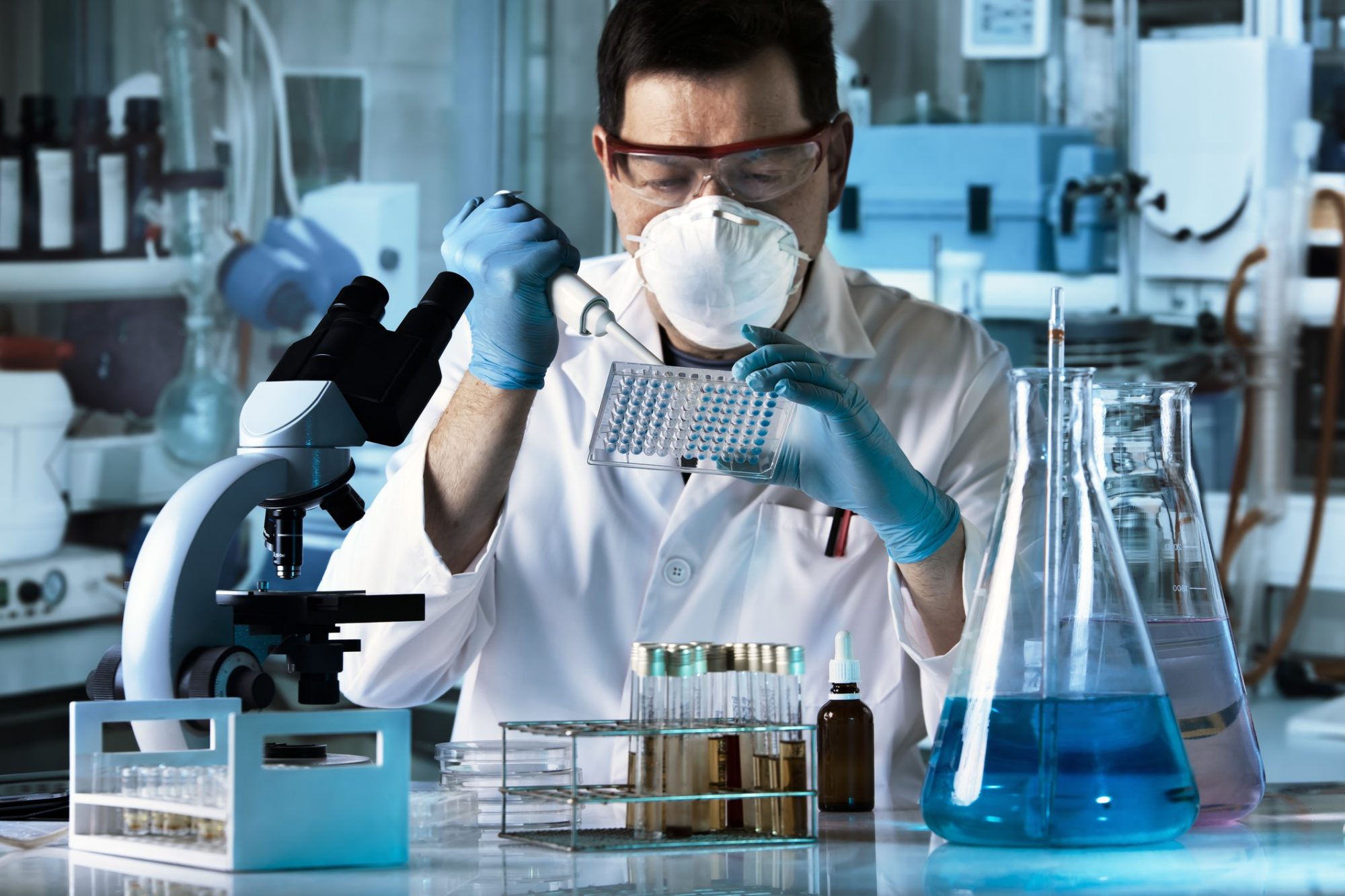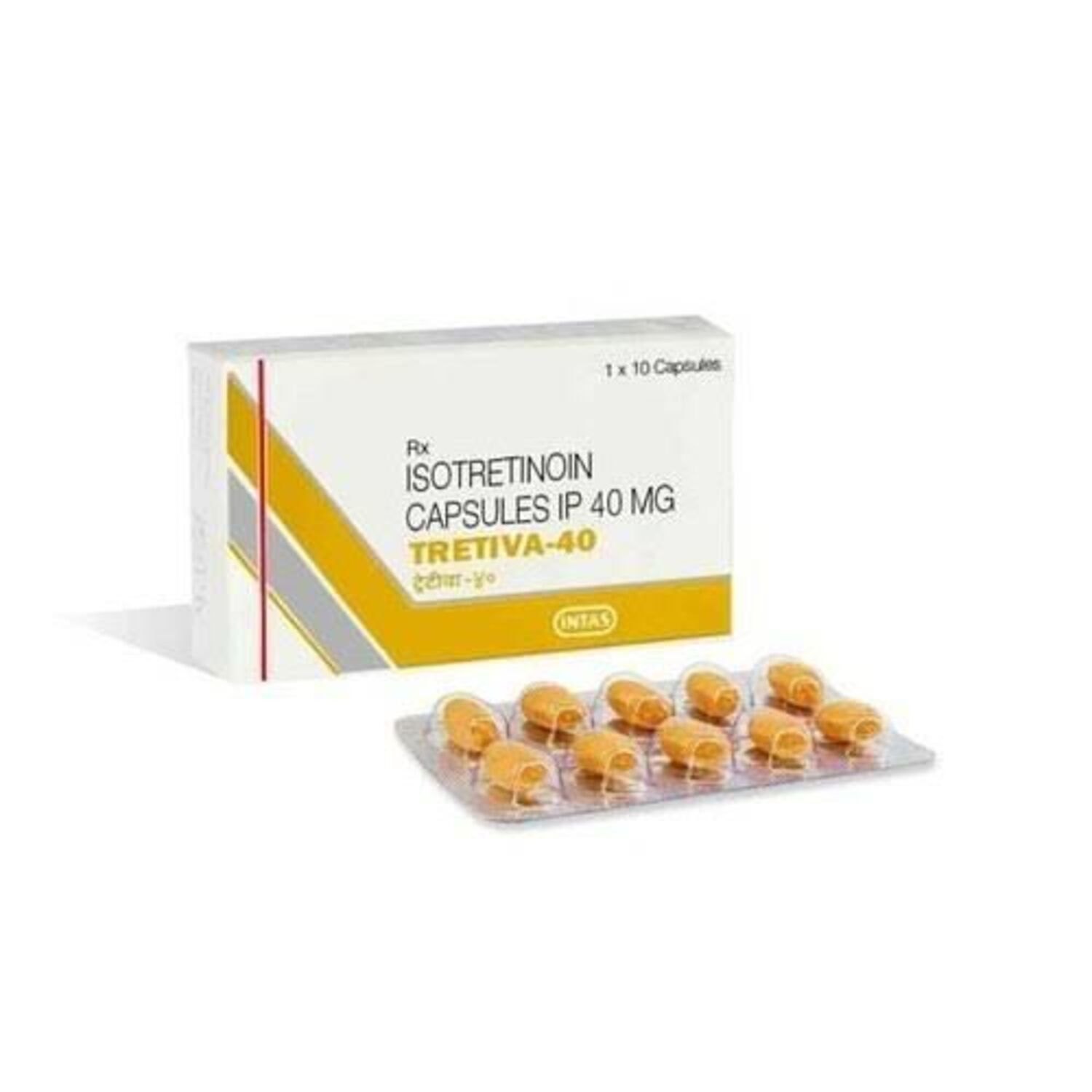The biobanking market is a vital pillar in the advancement of healthcare, medical research, and personalised medicine. From its valuation of USD 72.1 billion in 2023, the industry is set for significant growth, with projections estimating it will reach USD 131.1 billion by 2032 at a compound annual growth rate (CAGR) of 6.89% during the forecast period (2024–2032). This growth is largely driven by the increasing importance of genomic research, the rising demand for precision medicine, and advancements in biobanking technologies.
Biobanking is more than just the storage of biological samples; it is a multidisciplinary field enabling groundbreaking discoveries in healthcare. By facilitating access to high-quality samples and associated data, biobanks play a pivotal role in disease diagnosis, drug development, and therapeutic advancements. In this blog, we will explore the biobanking market in depth, examining its applications, segmentation, regional analysis, competitive landscape, challenges, and future opportunities.
The Evolution of Biobanking
Biobanking originated as a means to store biological samples for future research, but its role has expanded dramatically over the years. Modern biobanks serve as repositories for biological materials such as tissues, blood, DNA/RNA, and cell lines, alongside extensive clinical and genetic data. They are now indispensable in:
- Genomic studies aimed at understanding disease mechanisms.
- Biomarker discovery and validation for precision medicine.
- Drug development, clinical trials, and regenerative medicine.
This evolution reflects the increasing reliance on biobanks to drive innovation in healthcare.
Key Market Drivers
The growth of the biobanking market is underpinned by several factors:
1. Expanding Genomic Research
Advancements in genomics have revolutionised our understanding of diseases. Researchers increasingly depend on biobanks to access high-quality, well-annotated samples for large-scale genomic studies. Initiatives such as the Human Genome Project and biobanking networks like BBMRI-ERIC in Europe have accelerated this trend.
2. Rising Demand for Personalised Medicine
Personalised medicine tailors treatment to an individual’s genetic profile, improving outcomes and minimising side effects. Biobanks play a critical role in enabling personalised therapies by storing and analysing samples that reveal genetic, environmental, and lifestyle factors.
3. Technological Advancements
The introduction of automated storage systems, artificial intelligence (AI)-driven data management, and advanced cryopreservation techniques has significantly improved the efficiency and scalability of biobanking operations.
4. Increased Public and Private Investments
Governments and private entities are investing heavily in biobanking initiatives to support genomic research and biopharmaceutical development. For example, the UK Biobank, a major population-based initiative, has received substantial funding to support research on ageing, cancer, and cardiovascular diseases.
5. Pandemic-Induced Focus on Biobanks
The COVID-19 pandemic highlighted the importance of biobanks in storing and distributing biological samples for vaccine development and epidemiological studies. This has further underscored the relevance of biobanking in addressing global health crises.
Applications of Biobanking
Biobanks are indispensable across various domains:
1. Genomic Research
Biobanks enable large-scale genomic studies that identify genetic risk factors and understand disease mechanisms. This is particularly impactful in oncology, cardiology, and rare genetic disorders.
2. Drug Discovery and Development
Pharmaceutical companies rely on biobanks to access high-quality samples for preclinical and clinical research. These samples help in identifying drug targets, testing new compounds, and validating biomarkers.
3. Disease Diagnosis and Prognosis
Biobanks support the identification of diagnostic and prognostic biomarkers, improving early detection and monitoring of diseases such as cancer, diabetes, and neurodegenerative disorders.
4. Personalised Medicine
Biobanks contribute to the development of targeted therapies, particularly in fields like oncology and immunology, where understanding individual patient profiles is crucial.
5. Regenerative Medicine and Transplantation
By providing access to cell lines, stem cells, and tissues, biobanks facilitate advancements in regenerative medicine, organ transplantation, and tissue engineering.
Market Segmentation
The biobanking market is diverse and can be categorised based on type, sample type, storage type, and end-users.
1. By Type
- Population-based Biobanks: Focused on collecting data and samples from large populations to study genetic, lifestyle, and environmental factors.
- Disease-oriented Biobanks: Dedicated to specific diseases such as cancer or diabetes, enabling targeted research.
2. By Sample Type
- Human Tissues: Widely used in cancer and histological studies.
- Blood and Blood Products: Critical for biomarker discovery and therapeutic research.
- DNA/RNA: Fundamental for genetic and molecular biology studies.
- Cell Lines: Used in regenerative medicine and drug testing.
- Others: Includes saliva, urine, and other biofluids.
3. By Storage Type
- Manual Storage: Traditional methods requiring human intervention.
- Automated Storage: Advanced systems leveraging robotics and AI for efficiency and scalability.
4. By End-User
- Academic and Research Institutes: Primary users for basic and translational research.
- Pharmaceutical and Biotechnology Companies: Major contributors to drug development and clinical trials.
- Hospitals and Diagnostic Laboratories: Use biobanks for disease diagnosis and treatment monitoring.
Regional Analysis
The biobanking market varies significantly across regions:
1. North America
- The largest market due to advanced biobanking infrastructure, strong research funding, and high adoption of precision medicine.
- Notable initiatives like the All of Us Research Program drive growth.
2. Europe
- Focus on regulatory compliance and cross-border collaborations through networks like BBMRI-ERIC.
- High prevalence of population-based biobanks.
3. Asia-Pacific
- The fastest-growing market, driven by increased government investments in genomic research, especially in countries like China, India, and Japan.
4. Rest of the World
- Emerging markets in Latin America, the Middle East, and Africa offer significant growth potential, supported by rising healthcare investments and research collaborations.
Competitive Landscape
The biobanking market is highly competitive, with key players focusing on innovation, collaborations, and strategic partnerships. Major companies include:
- Thermo Fisher Scientific Inc.
- Qiagen N.V.
- Hamilton Company
- Merck KGaA
- STEMCELL Technologies Inc.
- Becton, Dickinson and Company (BD)
These companies are investing in advanced storage systems, AI technologies, and public-private collaborations to maintain their competitive edge.
Challenges in the Biobanking Market
Despite its growth, the biobanking market faces several challenges:
1. Ethical and Legal Issues
Concerns over informed consent, sample ownership, and the use of genetic data pose ethical dilemmas.
2. High Operational Costs
Establishing and maintaining biobanking infrastructure requires significant capital investment.
3. Data Privacy and Cybersecurity Risks
Ensuring the confidentiality and security of sensitive patient data is a major concern, especially with increasing digitisation.
4. Regulatory Hurdles
Global variations in regulatory frameworks complicate international collaborations and data sharing.
Future Trends and Opportunities
The biobanking market is poised for transformative growth, driven by emerging trends:
1. AI Integration
Artificial intelligence is revolutionising sample tracking, data management, and predictive analytics, improving biobanking efficiency.
2. Advancements in Cryopreservation
Innovations in cryogenic storage are enhancing the viability and longevity of biological samples.
3. Sustainability Initiatives
Efforts to reduce the environmental impact of biobanking operations, such as energy-efficient storage systems, are gaining traction.
4. Public-Private Partnerships
Collaborations between government bodies, research institutions, and private companies are driving large-scale biobanking projects.
5. Focus on Rare Diseases
Biobanks are increasingly focusing on rare disease research, providing unique opportunities for targeted therapies.








